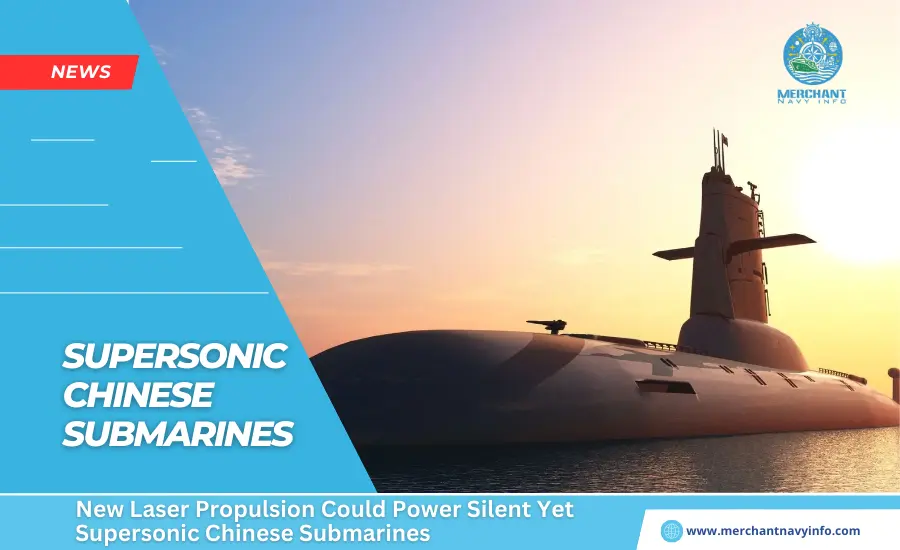
A new laser-based propulsion technology developed by researchers at China’s Harbin Engineering University. Could one day help the People’s Liberation Army (PLA) build quiet, ultra-fast submarines? According to a report by the South China Morning Post (SCMP). The technology could also power underwater missiles and torpedoes. The concept of underwater laser propulsion is not new. Japanese researchers first thought about this more than 20 years ago. In principle, this technology works very easily.
A laser is used to generate plasma in water, and the expansion of the plasma creates an explosion wave. Explosive waves are used to propel vehicles and weapons. However, the biggest hurdle was the application. Since the explosion wave propagates in all directions from one point. It was impossible for scientists to create a force in a specific direction in the explosion wave. This means the concept made little progress until China funded extensive research.
The Thrust of a Commercial Jet Engine
A research team led by Ge Yang, a professor at Harbin University’s Faculty of Engineering. Has discovered a way to improve the efficiency of laser propellers using optical fiber coatings. Underwater Fiber laser-induced plasma explosion wave propulsion. With this approach, the researchers hope to generate 70,000 newtons of thrust with just 2 megawatts of laser power. The thrust generated is equivalent to a commercial jet engine.
In addition to generating thrust, the laser evaporates seawater near the ship. And creates bubbles on the submarine’s surface, reducing water resistance. This phenomenon, known as supercavitation, could allow submarines to travel underwater at supersonic speeds. More importantly, since the propulsion system is not mechanized. The submarine does not make any noise, which contributes to its stealth.
Research Elicits a US Attack
To solve the explosion wave problem, researchers previously used a working medium (moving at high speed in one direction, creating a reaction force on the U-exercise boat, thus forcing it to move forward). Proposed using small spherical particles). Experiments using a working medium and a 1-watt laser produced only a fraction of the thrust than expected, making it an ineffective method of propulsion. However, the laser developed by Ge’s team on his machine improved performance by up to four orders of magnitude.
The researchers used a gun barrel-like device and adjusted its shape and internal structure to minimize the energy loss associated with using a restraint device. The SCMP report added that a pair of such barrels were used to collide working fluid particles. Internal protrusion structure reduces internal friction between shock waves.
Nuclear Procedure
The submarine’s nuclear reactor produces 150 MW of power. This is enough to power such a laser propulsion system. However, before applying this technology to real-world scenarios, researchers need to address other components, such as fiber optic heat dissipation and equipment durability in high-salinity environments.
Once ready, the same technology could also power a variety of underwater projectiles, missiles, and torpedoes. Repeated results of Harbin University’s cutting-edge research on naval warfare led to blockades and sanctions against 30,000 students and employees of the institution from the United States, the SCMP report added.









